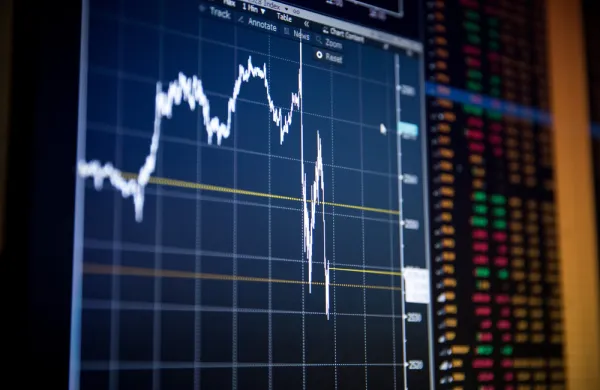MANIPULATING A multitrillion-dollar market via Libor seems par for the course after all the scandals and bad behavior by market participants over the past four years. Barclays coughed up $450 million in fines to settle allegations that it and other banks kept the interbank rate artificially low during the credit crisis. But aside from all the fees lawyers are certain to make off the scandal, what are the real consequences of this issue?
Our firm has managed primarily Libor-based investments for 20 years, so we’ve had an interesting seat at the table. Libor is supposed to measure what it costs big banks to borrow from one another. The rate is set daily through a system of hypothetical averages rather than actual transactions, and this feature proved vulnerable to manipulation. The stakes involved are vast. More than $500 trillion of the world’s financial assets and liabilities — everything from your neighbor’s mortgage to exotic derivatives traded by hedge funds — are priced off of Libor.
When an interest rate is set too low, savers suffer and borrowers benefit. If the rate was manipulated down by 40 basis points (as some have estimated) for one year, savers in theory would be harmed to the tune of about $2 trillion, or $285 for every man, woman and child on the planet. The complete picture is far more complex, though. It is my belief that lowering Libor, and therefore the price of money, in a crisis is absolutely necessary and beneficial. After all, the Federal Reserve’s first weapon in a crisis is to cut the federal funds rate. But the Fed’s recent actions go far beyond crisis management.
James Grant, publisher of Grant’s Interest Rate Observer, cited a recent speech in which Fed chairman Ben Bernanke said: “Prices are the thermostat of an economy. They are the mechanism by which the economy functions.” We all know that a thermostat is used to control the temperature, not measure it. So perhaps it was just a slip of the tongue and he meant to say “thermometer.” I’m not convinced of that.
What is clear is that the Fed has been manipulating the risk-free rate to a degree never before seen. The front end of the yield curve has traditionally been the area of intervention, but now the Fed is influencing the entire curve. Since May 2007, after two rounds of quantitative easing and Operation Twist, the Fed has seen its assets swell 2.3 times, to $2.8 trillion. That balance sheet is poised to grow even further following the central bank’s September 13 decision to embark on QE3 and buy $40 billion of mortgage-backed securities a month indefinitely. And the Fed isn’t alone. The European Central Bank, the Bank of England and the Swiss National Bank are all in the midst of record balance-sheet expansions. This tinkering with the global thermostat was expected and even welcomed during the crisis, but here we are, four years into the recovery, and, amazingly, the market manipulation seems to be picking up steam. This manipulation — like the “lie” in “Libor” — is sapping confidence in the financial system.
Anyone who has the challenging task of allocating capital today is faced with a global state of market manipulation. When the risk-free rate isn’t “free,” our work becomes quite difficult. In addition, we have a fiscal situation that is incredibly frustrating. I have spent 25 years in the leveraged-finance markets talking about spread over Treasuries and spread over Libor. Today those metrics provide a mostly distorted picture of risk and reward. Corporate bonds may be cheap on a spread basis, but is 2 percent the right reward for taking credit risk and interest rate risk? I am seeing single-B bonds getting gobbled up by the market at 5.5 percent. If spread over Treasuries is all you care about, that might be fine, but any seasoned player will tell you that junk bond yields shouldn’t come with a five handle.
Such manipulated markets erode confidence and act as a drag on fund performance. Only 15 percent of active equity managers and 11 percent of hedge fund managers are beating the Standard & Poor’s 500 Index this year, the worst showing in 15 years for stock pickers. Individual investors are giving up on trying to call the risk on/risk off roller coaster and have been consistently pulling out of stocks for several years, making this year’s 13 percent rally a joyless one. The housing market, while showing signs of recovery lately, has taken years longer to bounce back than anyone predicted. Corporations are sitting on record levels of cash, not because they are earning a great return on it but because they lack confidence. And the unemployment rate remains stubbornly above 8 percent despite all this intervention.
A well-functioning free capital market is a strategic asset for the U.S. and the global economy. Let’s work on getting back to a time when the price of money wasn’t fungible and the value of risk could be clearly assessed. The resulting increase in confidence will do wonders for the U.S. economy.
Mark Okada is CIO of Highland Capital Management, a $20 billion-in-assets, credit-focused investment firm based in Dallas.





